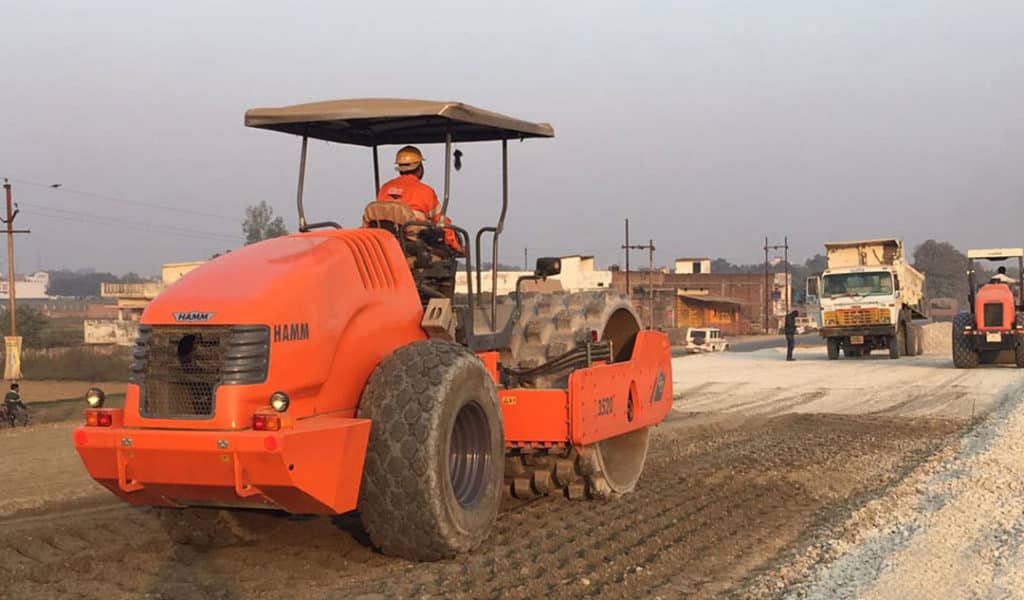
Road construction through new hands allows governments, infrastructure and mining companies to deliver cost-effective and safer roads more quickly, compared with conventional building methods.
India has an existing road network of over 4,689,842 kilometres the second largest road network in the world. Most of these roads are in poor condition and need rehabilitation and constant maintenance. The Government is also widening and extending these existing highways and State expressways.
The road sector in India is in desperate need of new technologies. Not only to improve speed and quality, but also to introduce more environmentally friendly road construction techniques, to cut down on quarrying, transportation of materials and use of water & fuel.
India is a country on the move! Innovative infrastructure development technologies are essential to deliver the economic growth that quality transport infrastructure can deliver. From in-situ stabilization, dust and erosion control, and mine management technologies, we need processes and plant to help deliver results.
Of course, the ambitious targets in both road and mining sectors will drive the growth of India – however there needs to be faster take up and approval of proven technologies – otherwise the targets set seem to be challenging.
Indian road infrastructure is undergoing phenomenal growth for the past 15 years and will continue to grow at higher rates in coming years under the Ministry of Road Transport and Highways. Accordingly, the requirement of soil or aggregate for infrastructure has increased and reached a level where availability of basic materials has become a constraint on development. Non-availability of suitable soil and aggregates has made projects unviable and cost-prohibitive. Some projects are running into significant overruns as a direct consequence. All these factors have delayed several important projects and, in some cases, state governments are even denying development in certain aggregate-deficient regions. This scarcity will increase further considering environmental conservation and restriction on mining in several states.
For instance, GRT can rehabilitate failed pavements at a speed of up to 1klm per day using CIPR technology – we currently have only 3 sets of our specialized road trains in India – we should have 100 working flat out by now in a market the size of India, but take up is slow.
The larger Road Builders are taking up CIPR in a big way now, through a need for speed and quality for their Toll Roads and BOT projects. However, we have seen the opposite in Government sector with a refusal to take up these technologies or allow new Companies into the space.
In the mining sector, the Coal & Steel committee has taken the decision to look into dust mitigation seriously and they have approved the trial of dust suppression technologies. This is a step in the right direction and will be key in increasing productivity, improving road safety and in addressing environmental issues such as; air pollution and water wastage.
India will need to invest US$1.7 trillion on infrastructure projects before 2020 to meet its economic needs, for the most part this will go into upgrading India’s road network. So we have taken the view that technologies like ours and our services will be in great demand.
For more information on road construction in India or this article go to Entrepreneur India – January 13, 2017
Are environmental regulations, health and safety concerns or potential profit loss a concern right now?
Contact Us Now